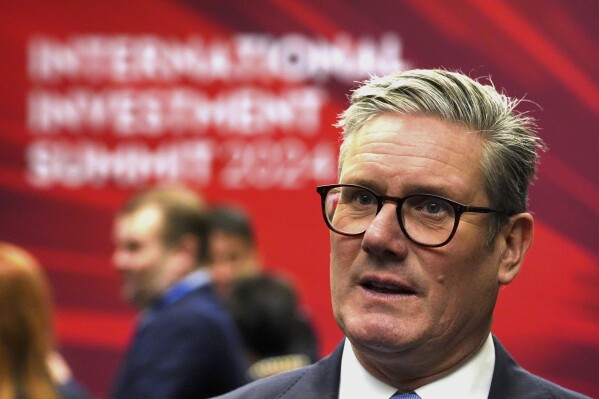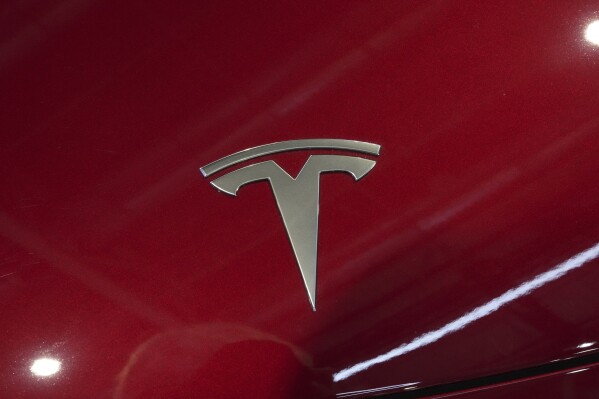As EU officials gathered in Pau, France on Thursday (10 October) to discuss the development of carbon capture and storage (CCS), environmental groups have pointed to a huge drain on public money and a track record of project failure, while the European Commission is in talks with governments who have missed a legal deadline related to a CO2 storage target.
“Relying on CCS as a climate solution will force European governments to introduce eye-wateringly high subsidies to prop up a technology that has a history of failure,” said Andrew Reid, an energy finance analyst at the Institute for Energy Economics and Financial Analysis (IEEFA), a sustainable energy think tank.
Reid is the author of a report released today that examines almost 200 projects on the drawing board across Europe today. He found CCS costs to be prohibitively high and concluded that upcoming projects currently on the drawing board in Europe could cost as much as €520 billion and require €140 billion of government support.
The report notes that the EU plans to ramp up the annual CO2 storage capacity to 50 million tonnes by 2030, 280MT a decade later, and 450MT by mid-century.
“As the small number of operational projects show, CCS is not likely to work as hoped and will take longer to implement than expected,” Reid said.
His report came just two days after the campaign group Oil Change International put out its own briefing which identified €3.3bn in subsidies already sunk into CCS projects in the EU, with up to €16bn more made available since 2020 as carbon capture has climbed back up the EU policy agenda.
“Despite 50 years of failure and over €3bn in subsidies from EU taxpayers, the fossil fuel industry still pushes carbon capture to boost its corporate profits, delay climate action, and distract from real solutions that would end the fossil fuel era,” said Myriam Douo, a campaigner with the US-based non-profit.
‘No alternative’
But EU energy commissioner Kadri Simson, opening the European Commission’s fourth Industrial Carbon Management Forum in Pau, southwest France, made it clear the EU executive now sees CCS as an integral part of its plan to meet the 2050 net-zero emissions goal, and the interim target it is set to propose early next year.
“Storage will play a major role in our journey to [net-zero by] 2050,” the EU’s top energy official said. “The 2040 climate target plan underlines that industrial carbon management is not just an alternative – it is a vital complement to renewable energy and energy efficiency.”
Related- Carbon capture key to reaching net-zero, but climate chief urges caution
Citing the newly operational Northern Lights undersea storage project in Norway, and Denmark’s awarding in June of Europe’s first licences to explore onshore sites for potential CO2 storage, Simson spoke of “tangible on the ground progress” but warned that high capital costs remained a barrier to deployment.
“We must implement targeted derisking measures and provide the necessary financial support,” Simson said. “This will help reach final investment decisions on these projects.”
CCS Europe, a trade association lobbying in Brussels on behalf of pipeline and technology providers and carbon intensive sectors like cement and incineration plants, has previously rejected criticism from both the IEEFA and Oil Change International, with director Chris Davies accusing them of a “lack of objectivity and perspective”.
“It claims that carbon capture projects consistently fail, but in Europe, Norway’s Sleipner and Snohvit projects continue to capture and store some 1.5 million tonnes of CO2 annually after nearly 30 years in use,” he said of projects where carbon dioxide removed during natural gas extraction is pumped back underground.
Davies told Euronews he hoped to see swift action from the next Commission such as the proposaL, within 100 days of taking office, of a requirement for governments to submit “national industrial carbon management strategies with timescales for delivery and details of financial support mechanisms that will be introduced”.
Missed deadline
In a bid to overcome the thorny question of who should pay to get the scale-up rolling, the EU recently adopted legislation that forces oil and gas companies – among the most enthusiastic cheerleaders for CCS over the years – to put in place at their own expense storage facilities capable of locking away 50 million tonnes of CO2 a year from 2030.
Related- Net Zero Industry Act sign-off heralds carbon capture deployment
For comparison, the Northern Lights project, in development since at least 2017 and opened with great fanfare last month, is expected to support injection of just 1.5MT a year – and backers Equinor, Shell and TotalEnergies only made a final investment decision after the Norwegian state put up the bulk of the cost.
Chairing a debate at the Pau conference, Davies voiced his frustration at the slow pace of development, and had representatives from Germany, Greece and Romania – all of whom are banking on CCS to help meet emissions reduction targets – admit that no final investment decisions had been taken so far in their countries.
Under the Net Zero Industry Act signed into law in May, petroleum firms will have to deploy permanent CO2 storage capacity in proportion to their share of EU oil and gas production between 2020 and 2022. Governments were required to provide the Commission with the relavent data by 30 September.
But only 18 member states have so far provided any data to the Commission, which is now focused on persuading the remaining nine governments – including the Netherlands – to comply with the law before it can divide the 50MT target among petroleum majors like ENI, Shell and TotalEnergies who are active in Europe.
Disclaimer: The copyright of this article belongs to the original author. Reposting this article is solely for the purpose of information dissemination and does not constitute any investment advice. If there is any infringement, please contact us immediately. We will make corrections or deletions as necessary. Thank you.



